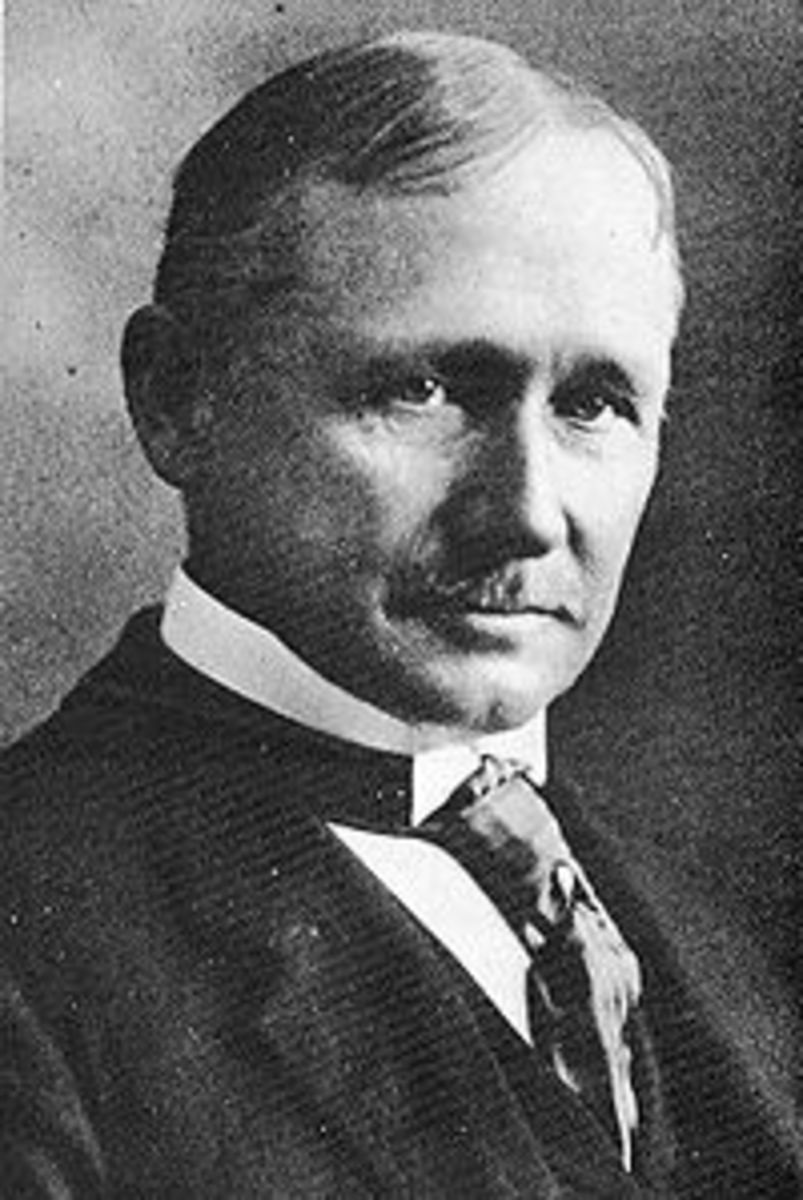Important Features of Management

What are the important features of a management?
Introduction
Management has some important features that distinguish it from other human activities or functions. The word, feature, has to do with the characteristics or attributes of a thing. In the other words, the important features of management can be defined as the characteristics of management. There are certain important characteristics which management possesses and these features play important role in achieving organizational objectives. Without these features, it will be hard for any organization to perform exceptionally well in the world of today.
The Important Features of management
In this write-up the basic characteristics of management are categorized into eleven. These eleven are explain for easy understanding on each. Note that another author may limit this grouping into five but the truth is that all centres on similar thing when explained by the author. The important features of management are explained thus:
1. Objectives: There is existence of objectives or purposes in every management. Any management without objective is a dead one and should not be given the chance to continue with the managerial function. A management without any objective is like a student that enters tertiary institution without any target on the grade he wants to graduate after his study in the institution. The management of any standard organization must have concrete objective as the ‘senior man’ in the organization. The objective set by any management is dependent on the level of success to be achieved.
2. Action: It will be good if a little light is thrown on management at this point. Management mean different things all together. It can be defined as the process of planning, organising, directing and organising of an organization. Again, management in some cases can be used in the place of a manager of any organization. In the other words, management is a manager. Management is also a function.
Managerial functions are full of actions. There are happening of events in every management. If it happens to be a company that manufactures cements for instance, actions are seen in the works that the employees perform on daily basis. A good management is not a dull one and this makes him to move actively from one department to another to see that things are properly done in the right order.
3. People Oriented: Management is never an empty object but full of people. Example, the school management is not just the structures or offices where the Vice Chancellors, Rectors, Deputy Vice Chancellors, Lecturers, Senior Lecturers, School Accountants, and other staff work on any workdays; rather it is the people that occupy those positions. Management is made up of people.
4. Visibility: Management is not concrete in the form or an invisible force. We experience its presence or absence by the good or bad result of efforts. We see management in all the activities performed in an organization.
When any managerial function is not performed as it is expected, we see management in it. If the manager of any company is the type that goes after the young ladies he employs in his organization and also those that are outside the organization, and because of that neglects his primary duty of taking good care of the organization, his is seen through the bad action he takes. Also, if the manager of milk manufacturing company works hard and brings out good result, he is seen through his effort. This makes the feature of management to be visible and not invisible.
5. Relationship: Management pertains more to activity than to a person or group. In every organization, the main concentration of the management is on the activities that go on in the company or organization. His or her relationship to other workers is necessary but the main focus of the manager is on the works that are done in the company. In many organizations, the owners of the organizations are not the managements, so if the management does not relate to the activities of the establishment, he may be sacked. He gives more time to the work that goes on in the organization because that is the main reason why he is assigned that position.
6. Ownership: This is another important feature of management. As written before, managers are not necessarily the owners of organizations. The position is handed over to them by the owner or owners of the organizations. Manager is similar to the other employees he works with. The difference is that he attains higher position and gives instructions for the other employees to follow. He earns more and is respected more but does not mean that he owns the company in some cases.
Although some managers can be the owners of their own establishments, it is not so in many occasions. The position occupied by managers is the same with that occupied by the football club coaches. I used football coaches for example because they can be fired at any time. Whenever any manager mismanages what is handed to him, he can be sent ‘packing’.
7. Knowledge and practice: Managements of organizations acquire knowledge and practice them in carryout their functions for the growth of the organizations. Knowledge is the information and skill acquired through experience or education. Before any worker is recognized as the management of a company, he must have worked in that area for years. This gives him good experience on what the job is all about and helps the management to perform well when carrying out the management functions. The importance of training and development among managements of companies cannot be overemphasized. This feature helps the management on the technique to apply in an organization to see that things are properly done. When the knowledge is practiced, the organization he manages stands out among the crowd.
8. Goals: Attainment of goals through group effort is another feature of every management. The owner of an organization may set a goal that he wants his company to make profit of about twenty million US Dollar in a year. This goal can only be achieved if the manager woks together with the other employees in the organization. There is a popular statement that says “united we stand and achieve success”. If the manager does not unite with the other workers, the goal set by the owner of the organization will not be achieved. Oneness is an important feature of every management.
9. Non-doer: Management is not the doer of the industrial production activities of the organization. He is there to plane, organize, direct and control the activities going on in the organization. He makes sure that he directs the workers on what they are to do in the company for the upgrading. He plans on the strategies and methods that the organization is to adopt to achieve the goal it sets in the initial stage. That he makes sure that these plans of his come through does not make him to go into the industry and start working with them. It only happens in certain occasions.
10. Influence: Management is a means of influencing human life. Managers possess influential character. This feature is what makes employees to love the management of their organization. When managers influence life, the workers abide with the instructions given by them. Influential character is one unique characteristic needed in every management.
11. Human: Management is not synonymous with the computer. A manager is a human being and not to be quoted as computer. This characteristic makes people to admit any mistake made by the management as he is a human being like others. Management cannot be hundred percent accurate irrespective of how good he seems to be.
Conclusion
It is expected that there are some characteristics managers are to have. This topic is solely on the features of management. The features as enumerated in this topic are human, goals, influence, knowledge and practice, objectives and so on.
References
- 12 Important Features of Management by Arthita Banerjee
-
9 Most Important Characteristics or Features of Management by Smriti Chand
-
Introduction to Management by Okafor. C








